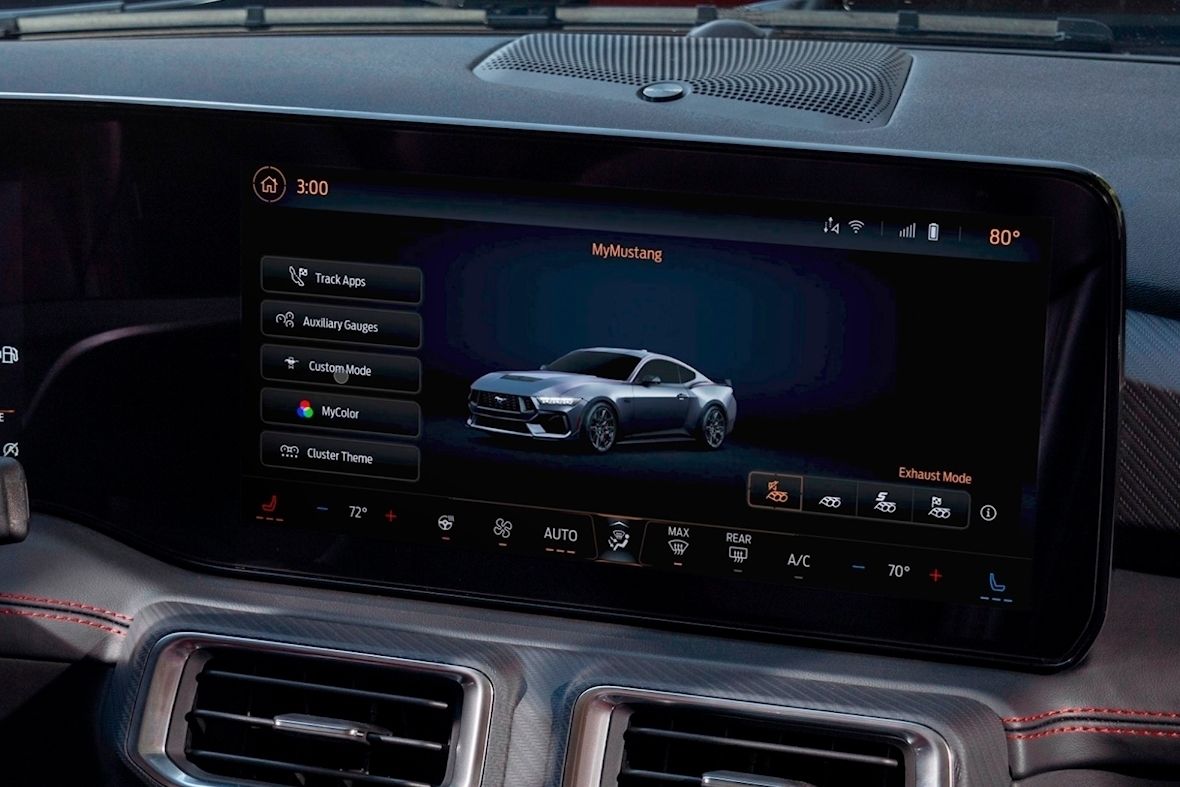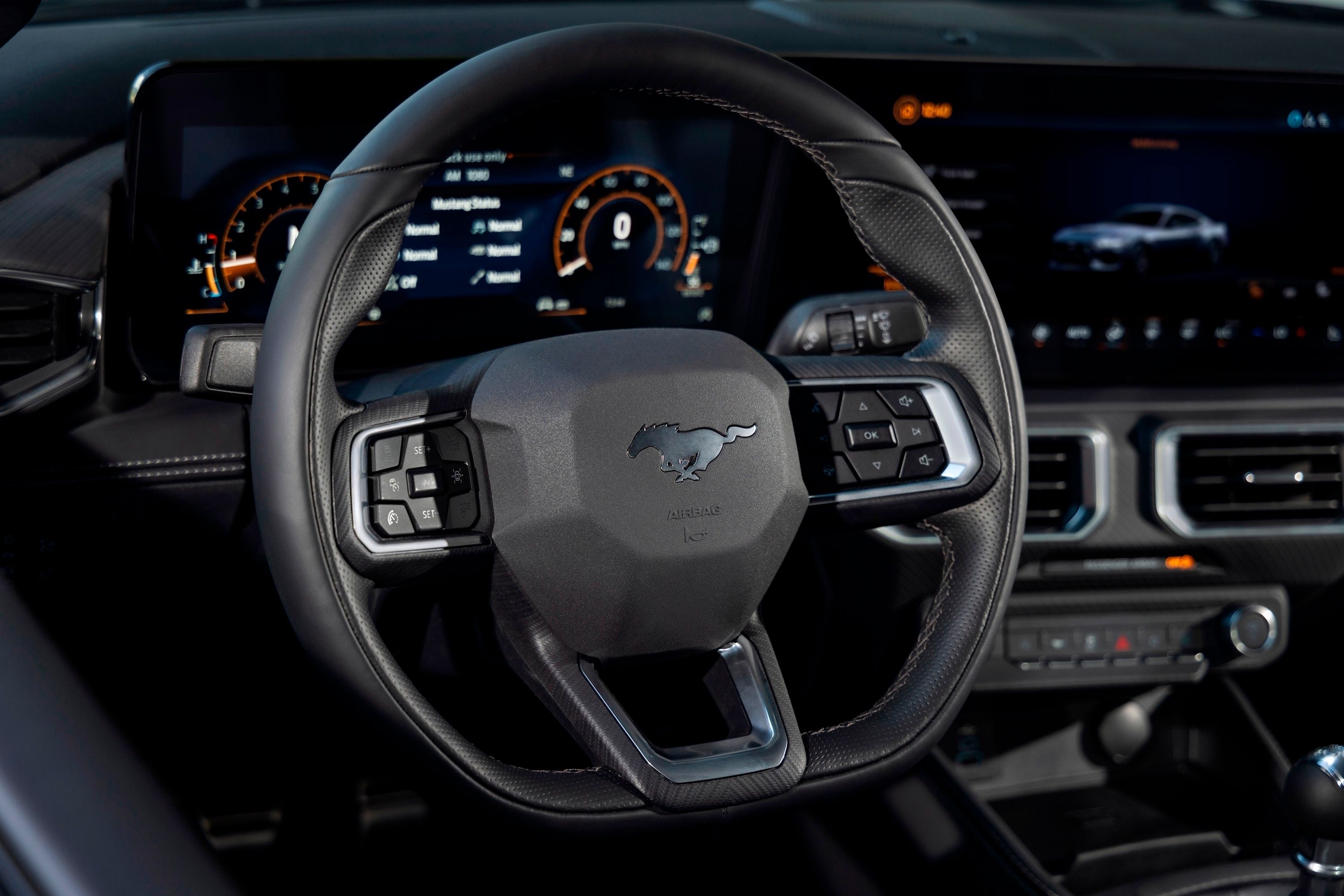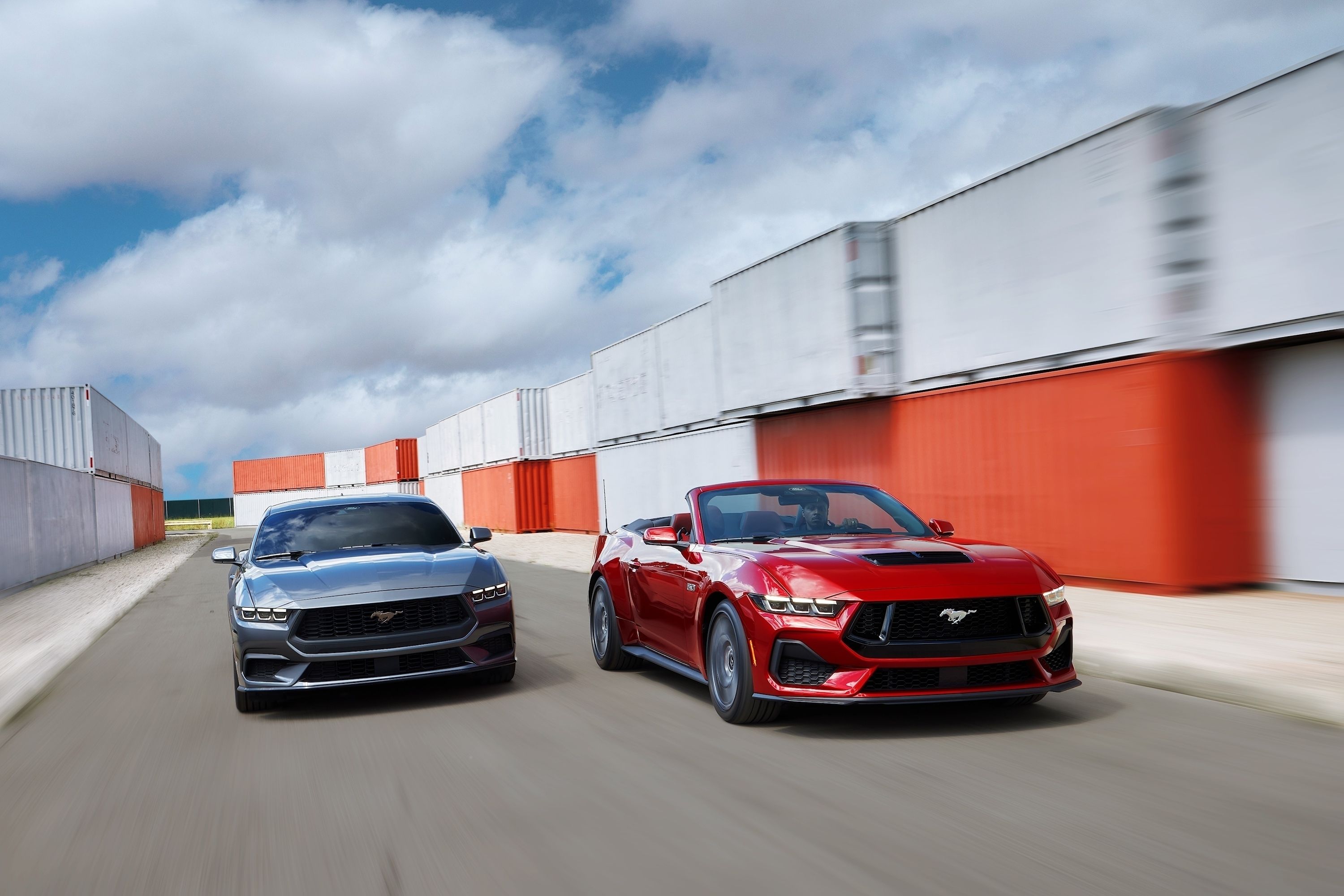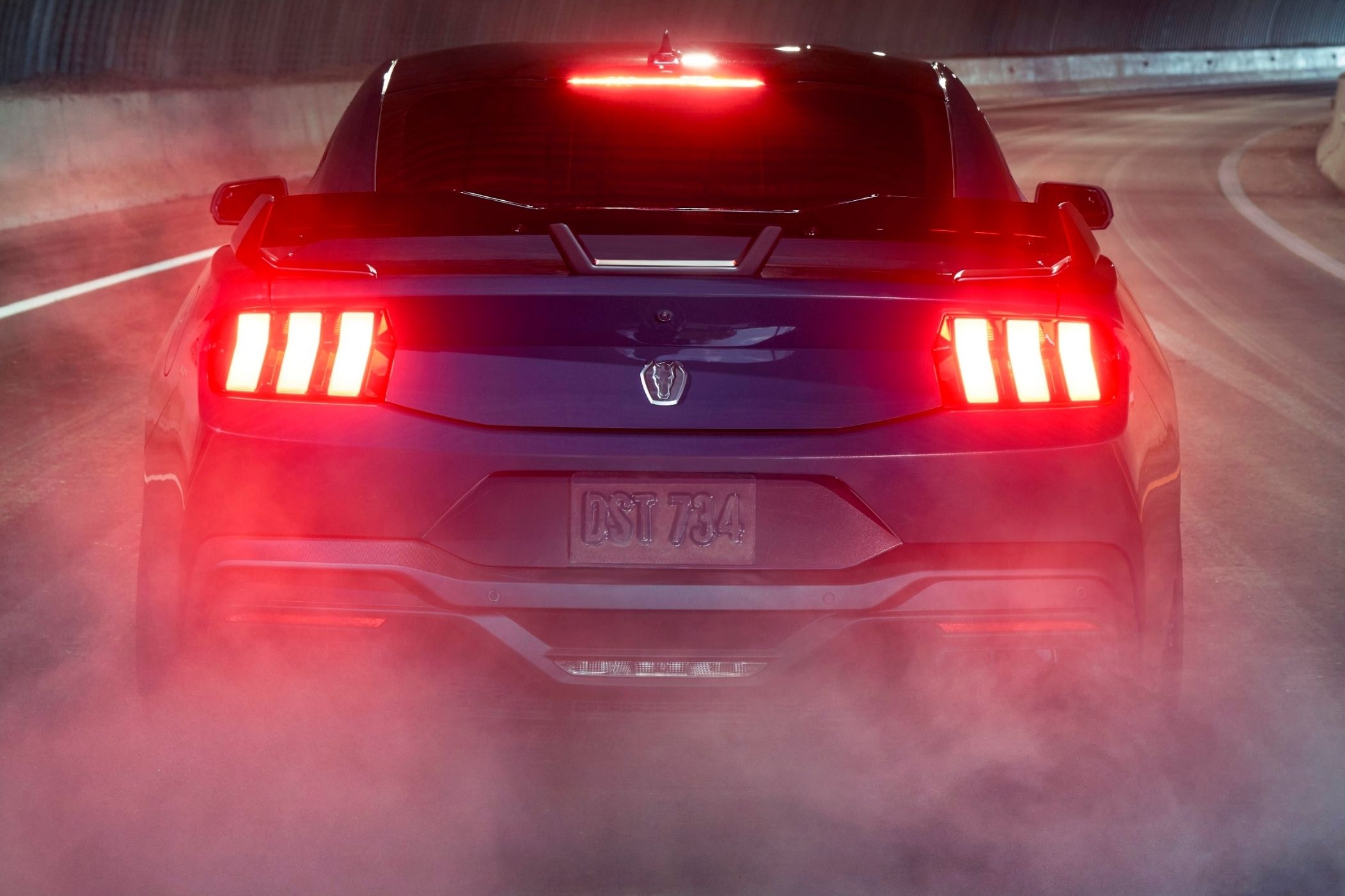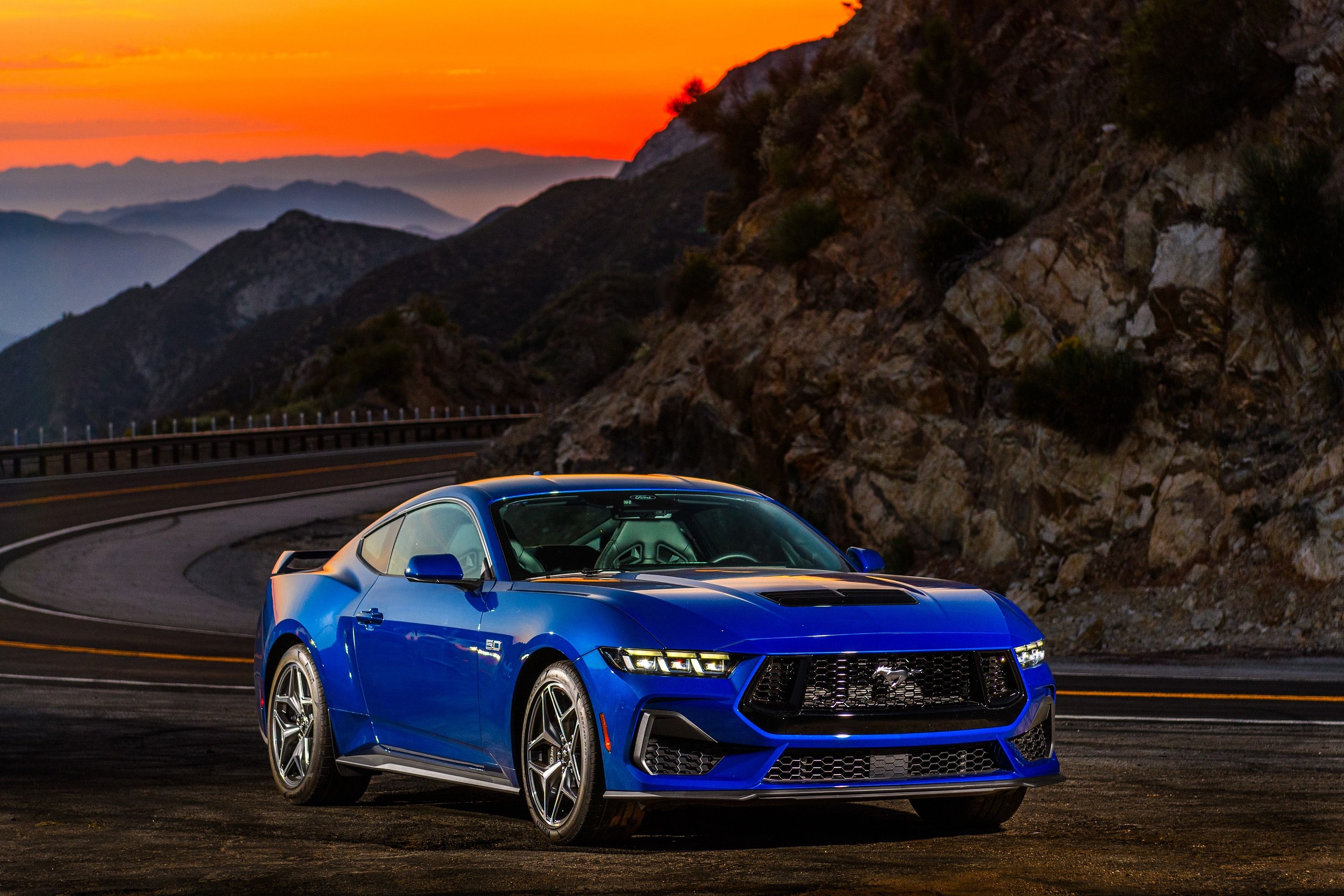
As big tech leaves more of a mark on modern cars with every passing year, there have been great innovations in connectivity and safety, with everything from in-car gaming to semi-autonomous driving adding to how capable cars are. Even smartphones are becoming more connected to cars, with the latest Apple iPhone and Apple Watch capable of detecting a crash and calling for help.
Now, Ford is taking smartphone integration to a new level. The Blue Oval announced today that it is involved in a research project that will help keep pedestrians and cyclists safer by using their smartphones to better spot them on the road, even when cameras, radar, and LiDAR can't see them.
In collaboration with Commsignia, PSS, Ohio State University, T-Mobile, and Tome Software, Ford is researching "an affordable and scalable smartphone-based communication technology" that would help cars better detect the presence of pedestrians, bicyclists, and more using Bluetooth technology.
The idea is that the Bluetooth signal emitted by a smartphone would act as a beacon that the Ford vehicle would be able to detect without the vehicle's SYNC infotainment system even pairing with that device. Best of all, because Bluetooth radio waves do not rely on line-of-sight detection like cameras or radar, it would be possible to detect a potential accident even when the individual or cyclist is hidden behind a building or other obstruction.
"Newer Ford vehicles already with Ford Co-Pilot360 Technology can detect and help warn drivers of pedestrians, bicyclists, scooter riders and others - and even apply brakes if drivers do not respond in time," said Jim Buczkowski, executive director, research and advanced engineering. "We are now exploring ways to expand vehicle sensing capability for areas drivers cannot see, to help people drive even more confidently on roads increasingly shared by others using their two feet or two wheels."
The National Highway Transportation Safety Administration's data estimates that traffic fatalities increased 13% in 2021 compared to the year before, while bicyclist traffic fatalities have increased 5% to 1,000 in the same period, and 2022 is already looking worse.
This initiative from Ford seems like a great idea, and because Bluetooth Low Energy technology is already widely used in innumerable gadgets and devices, the basic infrastructure to make this work already exists. It also would not require any hardware changes to new Ford vehicles that introduce this new form of pedestrian and bicyclist detection technology.
Ford says that the system is capable of differentiating between pedestrians, cyclists, and others based on their traveling speed and can continually evaluate their risk by monitoring their direction of travel. Of course, for the idea to work, the pedestrian or cyclist needs to have Bluetooth active, but most people tend to leave it on in any case.
Perhaps this technology could help prevent Ford Mustang drivers from careening into crowds at car meets, but we're probably still some way from seeing that stereotype disappear.

